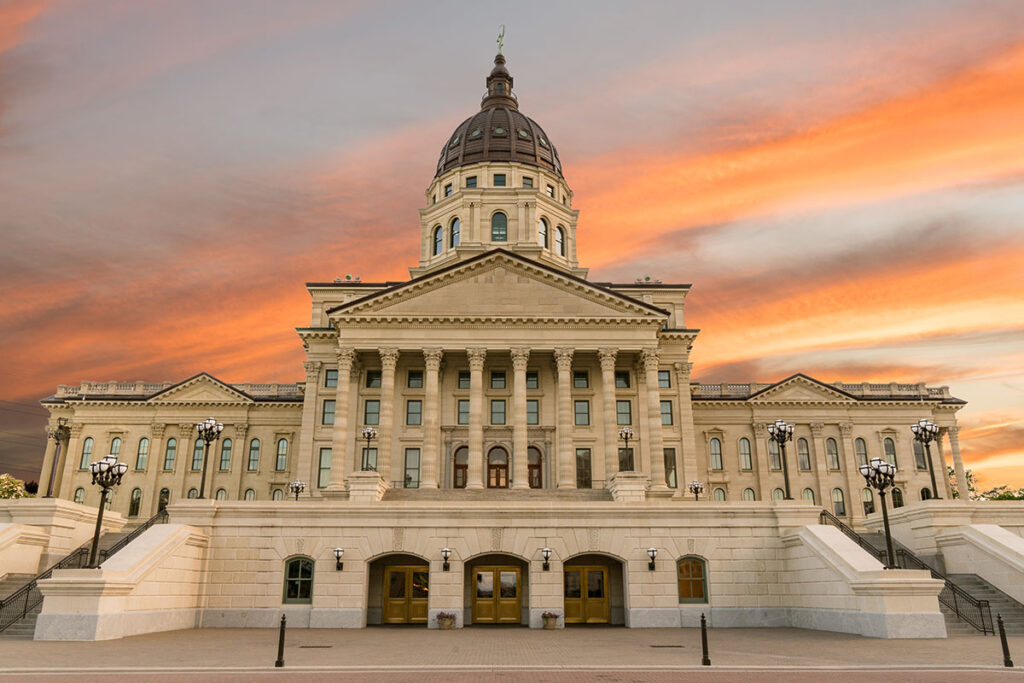It seems fitting that the spookiest month of the year is brought in with something scary: the allure of big government spending! However, last month, Kansas exceeded its tax revenue expectations by $234.9 million. As this year’s election grows closer, big promises about what to do with the ever-growing stack of state cash keep coming – the real monster to fear is the growth of a tax-and-spend agenda fueled by taxpayers.
Over September 2022, the state of Kansas took in $959.6 million in tax collections, which exceeded expectations by 11.1%. The actual taxes collected were also 9.6% greater than what was collected last September. The total taxes collected for July, August, and September as part of FY 2023 – which started on July 1st in Kansas – are exceeding total expectations by 12.0% as well.
The first instinct when extra tax dollars keep rolling in – specifically in Kansas, for 26 months in a row now – is that it needs to be spent. More dollars in, more dollars out. But this mindset is unsustainable: what happens when a wave of new programs or policies are implemented off the back of high revenues then eventually those high revenues stop coming? It leads to cuts and deficits.
Yet, wasteful proposals for government spending are starting to accumulate, turning the surplus into a big, red deficit in a matter of years. Representatives Miller and Amyx proposed a property tax cut plan last week that would start at a cost of $614.2 million and increase by five percent each year, resulting in a deficit by FY 2025. The Panasonic mega-subsidy that could total over $1 billion over the next few years has opened the door for similar high-cost, low-reward, and questionably transparent deals in the future. Ideas of subsidizing projects ranging from World Cup venues to movie-tax credits would dole out millions in taxpayers’ dollars to programs that have had questionable to downright awful results in other states.
To be clear, Kansas shouldn’t just sit on this cash either: it should go back to taxpayers currently struggling with inflation eating about $722 out of their wallets each month. However, lasting tax cuts are only achieved if they are sustainable. The larger the tax cut, the more likely a reduction in spending will have to be made elsewhere to balance the checkbook. The key is to use the current excess revenue and cash reserves to “buy time” to cut spending in the future without harming actual services. For instance, with the 2nd lowest rate of government employees per capita, there’s room to not fill positions when employees naturally leave and instead make existing positions more efficient.
Responsible spending and tax cuts with the tax surplus are certainly possible. Bumping the state’s Rainy Day Fund to $1 billion was a good move, though the source of the money to do so from high taxes wasn’t. Over the past decade, North Carolina has quickly become one of the most economically competitive states in the country by balancing spending with flattening the personal income tax and phasing out the corporate income tax. Kansas missed the opportunity for sustainable tax cuts 10 years ago, but we can learn those lessons and follow the example of North Carolina.





